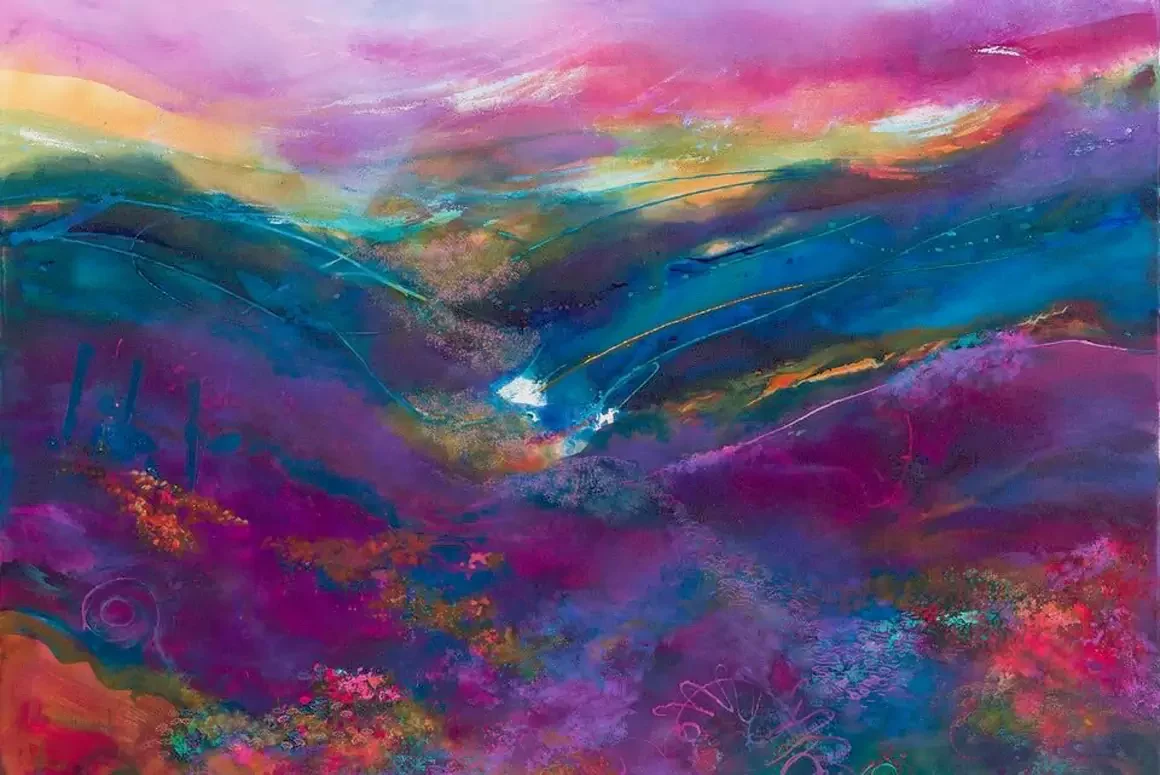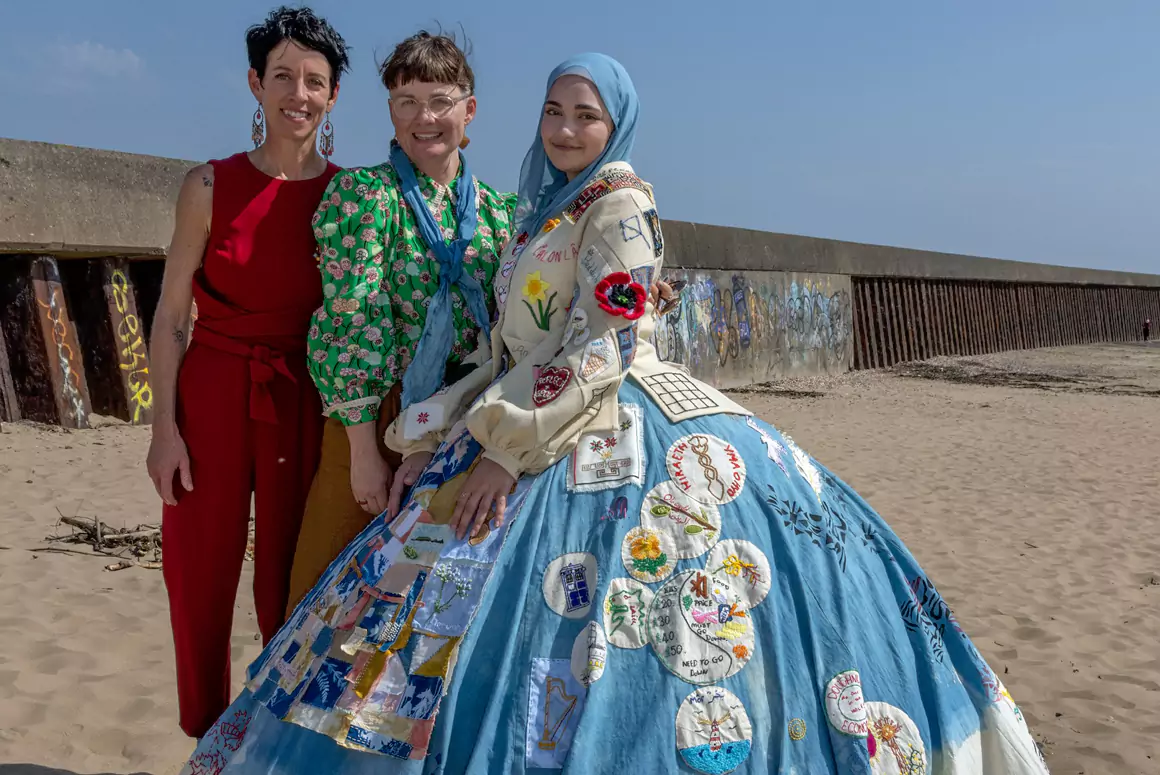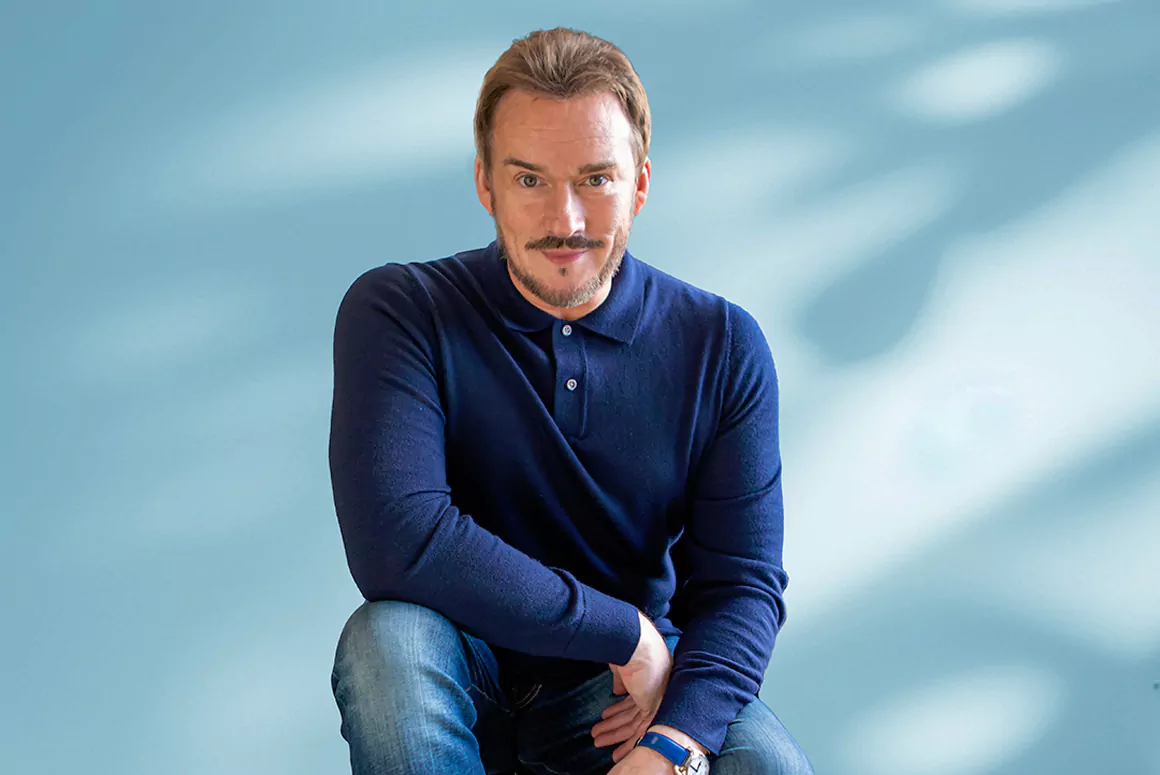Nature’s Brushstroke: How Landscapes Have Inspired Art Through the Ages
Across centuries, nature has remained a constant muse – vast, shifting, and infinitely expressive. From the intricate Books of Hours, where flowers and seasonal scenes framed sacred texts, to the sweeping modern canvases of Georgia O’Keeffe and David Hockney, artists have long turned to the natural world for both subject and solace.
Stormy Seas and Towering Peaks
In the medieval world, nature symbolised divinity and the passage of time. Later, the Renaissance brought a search for light and harmony through landscape. By the 19th century, Romantic artists like Turner and Friedrich used stormy seas and towering peaks to express the sublime. In the 20th, O’Keeffe’s desert blooms and Hockney’s vivid fields reimagined nature with bold clarity and colour.
Today, as we navigate climate change and ecological uncertainty, nature in art has become not only a place of refuge but also a site of advocacy – reminding us of the beauty we must protect.
An enduring connection
This enduring connection is alive in the current exhibition at our gallery. Jan Gardner’s magical landscapes shimmer with energy and imagination; Judith Donaghy’s semi-abstract fields burst with warmth and colour, inviting the viewer into sun-drenched reverie; and Jill Jones’ powerful seascapes capture the drama and intensity of the coast with striking light and texture.

Exhibition Now open
The exhibition is open now through the summer at Life: Full Colour, Caernarfon – and online. Come and see how today’s artists are painting nature’s story.





